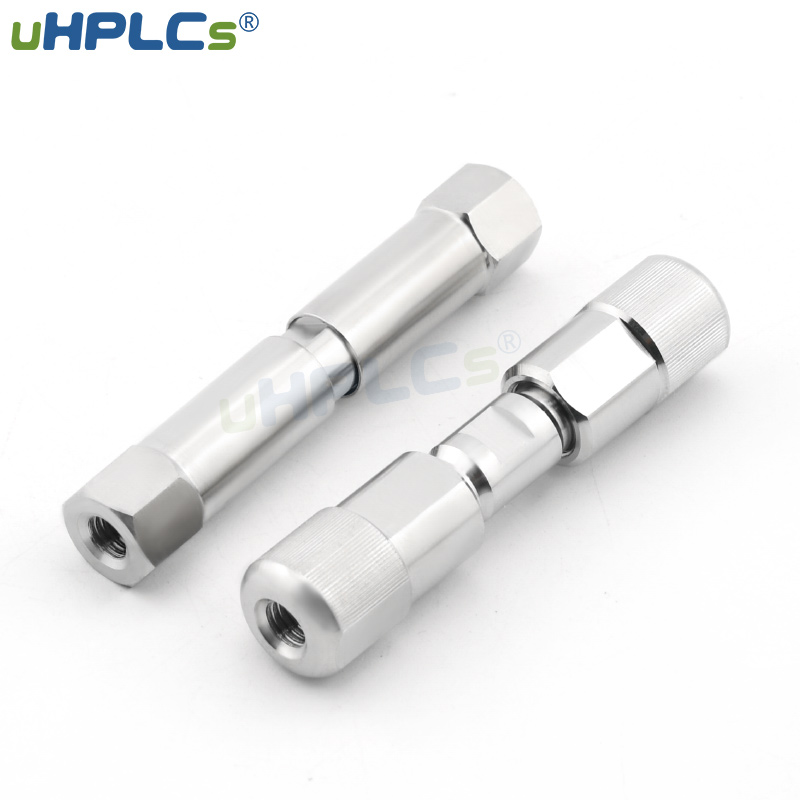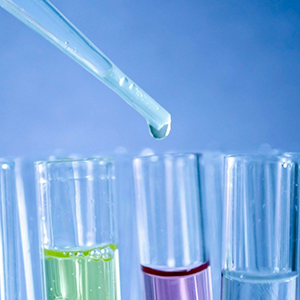Column chromatography has been described as a useful technique in which substances to be separated are placed on the highest point of a column containing an adsorbent (stationary phase) and pass through the column at different rates, depending on the affinity of each substance for the adsorbent. Adsorbents and solvents or mixtures of solvents, and usually gather in solution as they pass through the column at different times.
The two most common stationary phases for column chromatography are silica gel and alumina, while organic solvents are considered the most common mobile phase.
1.Principle of column chromatography
The main principle of column chromatography is to adsorb solutes from a solution with the help of a stationary phase and then separate the mixture into its individual components. As the mobile phase enters through the top of the column with the mixture to be separated, the components in the mixture move at different rates.
The group with low affinity and affinity for the stationary phase excreted more rapidly than the group with high affinity and affinity for the stationary phase. The faster-moving components are removed first, while the slower-moving components are elbowed out last.
The moving speed of the components is shown below:
R f is equal to the distance that the solute passes through/the distance that the solvent passes through
Where R f is called the delay factor
2. Column components
Components of a typical chromatographic system using gas or liquid mobile phases include:
Stationary phase – usually a solid material with good adsorption properties and should be suitable for the separation of analyte. It shall not cause any obstruction to the flow of the mobile phase.
Mobile phase and transport system — the phase consists of a solvent complementing the stationary phase.
The mobile phase acts as a solvent, developer (to facilitate the separation of components in the sample to form bands), and eluent (to remove column components separated during the experiment).
Liquid chromatography column: 2-50cm long, inner diameter of 4mm, stainless steel manufacturing; C18 chromatographic column can be used to separate analytes with different hydrophobicity. C18 chromatographic column is a versatile silica gel chromatographic column with a wide range of applications.
Gas chromatography column: 1 to 3m long, inner diameter 2 to 4mm, made of glass or stainless steel.
The material and size of the column are very important to support stationary phase and facilitate efficient separation. Preparative liquid chromatographic columns are usually used in sizes of 10, 20, 30 or even larger because of the large injection volume required. Constant spectrum also provides various types of chromatographic empty column tube, such as φ4.6 × 50, φ4.6 × 150, φ4.6 × 250 and so on.
4. Other
Sampler system – responsible for delivering test samples to the top of the column in a repeatable manner.
Detector and chart recorder – this continuously records the presence of the analyte in the eluent as it flows out of the column.
Detection relies on the measurement of physical parameters (such as visible or ultraviolet absorption).
On the chart recorder, each isolated analyte is represented by a peak.
The bottom collector is placed at the bottom of the column to collect the separated analyte.
5.Column chromatography procedure
The steps involved in column chromatography are:
Preparation of chromatographic columns, in most cases, chromatographic columns consist of glass tubes with appropriate stationary phases;
The bottom of the column is filled with glass wool/lint or asbestos pads and then the stationary phase is filled. After the column is installed, a paper tray is placed at the top to avoid interference with the stationary phase during sample or mobile phase introduction. Interference of the stationary phase (adsorption layer) results in irregular separation zones.
Two types of preparation columns, called packing techniques, are:
Dry loading – The required amount of absorbent is added to the column as a fine dry powder and the solvent flows freely through the column until equilibrium is reached.
Wet filler - Adsorbent slurry is prepared with the mobile phase and poured into the column. It is considered the ideal technology for packaging.
The column should be properly cleaned and completely dried before use.
6. Sample introduction
The sample (a mixture of components) is dissolved in the smallest amount of mobile phase. At some point the sample is introduced into the column and absorbed at the top of the column. A single sample can be separated from the region by the elution process. Each component is completely separated from the column by elution technique.
The elution process can be performed using two techniques:
Isometric elution technique – Solvents of the same polarity or of the same composition are used throughout the process.
Gradient elution – Solvents with increasing polarity or elution intensity are used throughout the separation process.
7.Composition detection
If the mixture separated during column chromatography is a colored compound, monitoring the separation process is simple. If the compound being separated is colorless, a small portion of the eluent is collected in turn in labeled tubes. The composition of each fraction can be determined by TLC.
Post time: Jul-07-2022








